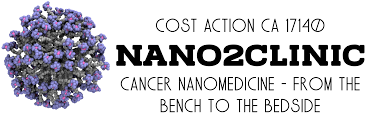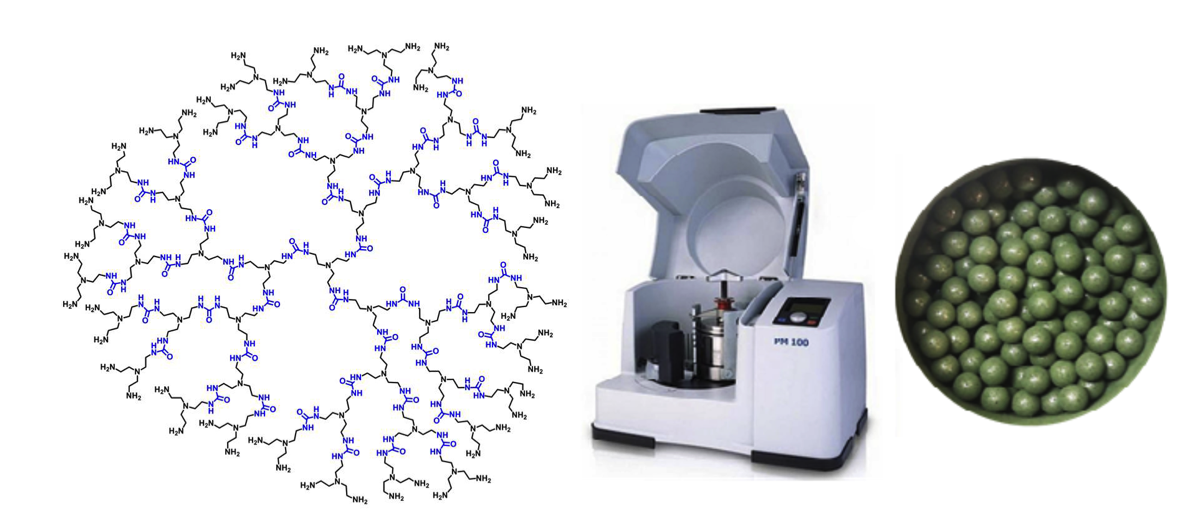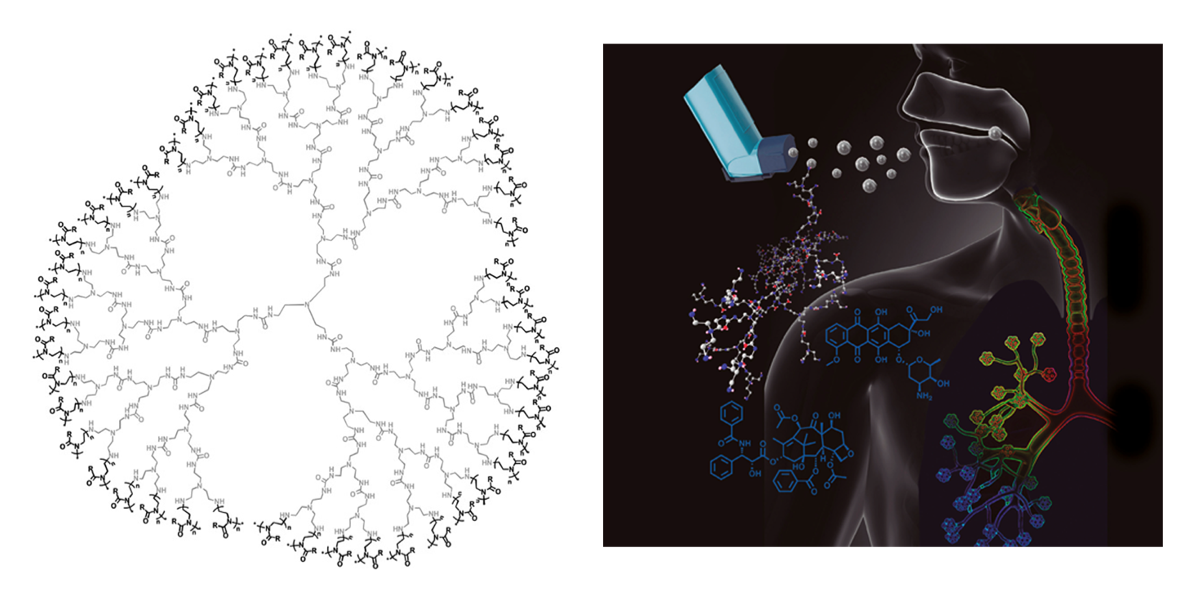Our research is conducted in the organic chemistry lab located in the old Chemistry Building at Instituto Superior Técnico, in the heart of Lisbon. Our lab is part of the Biospectroscopy and Interfaces group at Institute for Bioengineering and Biosciences (iBB), which is a Research Unit of IST-UL. iBB was rated “Excellent” in the last international evaluation of the Portuguese Research Units, and it is an internationally recognised research center. iBB offers state-of-the-art facilities, namely optical spectroscopy and microscopy laboratories, and human cell culture facilities including stem cell culture facilities. The imaging infrastructures are part of the Portuguese Platform of Bioimaging, a research infrastructure of strategic interest for open-access to resources of bio-imaging. Ongoing research in sustainable nanochemistry is focused in three main topics: green chemistry, nanomedicine and molecular electronics. Selected publications are shown below, for more information see the publications section.
COST ACTIONS
CA17140 - Nano2Clinic: Cancer Nanomedicine - From the bench to the bedside.

GREEN CHEMISTRY

In our lab we are fully committed with the principles of green chemistry. We pioneered the synthesis of polyurea dendrimers in supercritical carbon dioxide, were carbon dioxide is used as solvent and reagent [1]. Green catalysis [2] and APIs purification [3,4] are also topic of interest. Currently, we are focused in solventless reaction using mechanochemistry.
[1] R.B. Restani et al. Angew. Chem. Int. Ed. 2012, 51, 5162. [2] M.B. Gawande et al. Green Chem. 2013, 15, 1226. [3] R. Viveiros et al. ACS Sustain. Chem. Eng. 2019 ,7, 15445. [4] N. Martinho et al. J. Mater. Chem. B 2021, 9, 3371. [5] A.S. Miranda et al. Molecules 2021, 26(6), 1503.
NANOMEDICINE

In the last few years we have been focused in the development of novel nanosystems based on polyurea dendrimers for drug [1-7] and gene delivery [8]. Undergoing research work explores polyurea dendrimers scaffolds for antimicrobial, antifungal, anticancer [9] and antimalarial (blood stage, collaboration with IHMT) nanotherapeutics. Ovarian cancer theranostics [10] with special focus in early detection is also a top priority under a collaborative work with IPOLGF and CEDOC. Recently, polyurea oxide dendrimers have been disclosed has novel soft polymer for osteodifferentiation of human mesenchymal stem cells [11].
[1] R.B. Restani et al. Macromol. Biosci. 2015, 15, 1045. [2] R.B. Restani et al. Part. Part. Syst. Charact. 2016, 33, 851. [3] A.S. Silva et al. RSC Adv. 2016, 6, 33631. [4] A.S. Silva et al. Int. J. Pharm. 2017, 519, 240. [6] R.B. Restani et al. ChemistryOpen, 2018, 7, 772. [7] R.B. Restani et al. Part. Part. Syst. Charact. 2020, 37. [8] R.B. Restani et al. RSC Adv. 2014, 4, 54872. [9] S.N. Pinto et al. Biomat. Biosci. 2022. [10] I. Santos et al. Nutrients 2019, 11, 2523. [11] R.F. Pires et al. ACS Appl. Bio Mater. 2020.
MOLECULAR ELECTRONICS

The research developed in the last years has been dedicated to the synthesis of polymer-based fluorescent sensors [1-4]. Current research work is devoted to the synthesis of fullerene-based oxygen and temperature luminescent sensors and novel polymer architectures for the construction of biomimetic electronics, especially jelly photodiodes [5]. The development of microbial fuel cells using organic super-capacitor electrodes is an undergoing work in collaboration with ITQB-UNL.
[1] C. Ribeiro et al. Biosen. Bioelectron. 2010, 26, 1662. [2] V.P. Raje et al. Biosen. Bioelectron. 2013, 39, 64. [3] A. Bragança et al. Part. Part. Syst. Charact. 2015, 32, 98. [4] A. Lourenço et al. RSC Adv. 2014, 4, 63338. [5] R.F. Pires et al. J. Appl. Pol. Sci. 2020, 137, 48635.